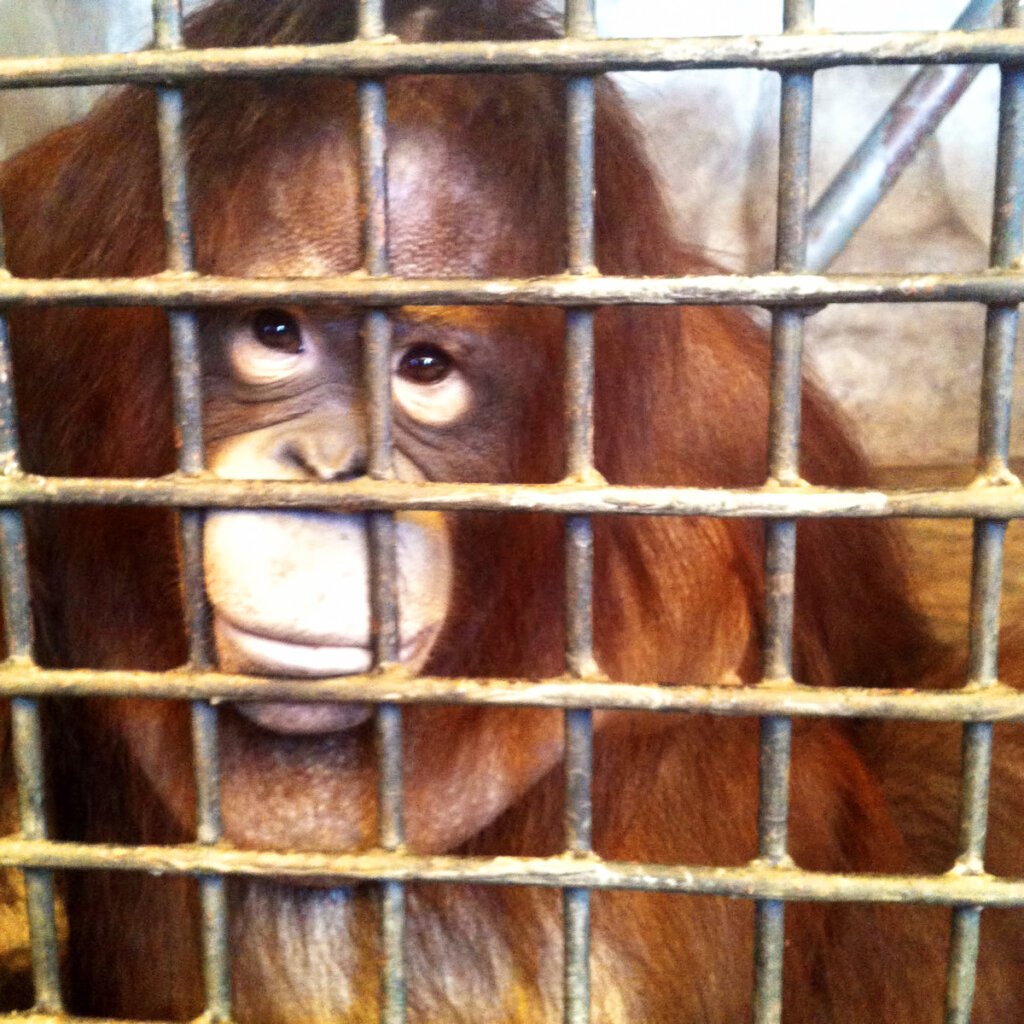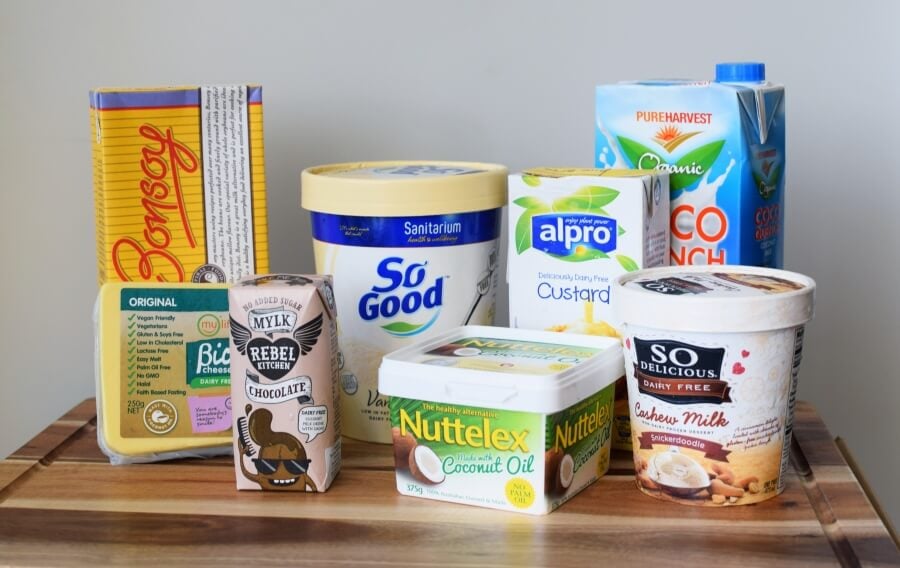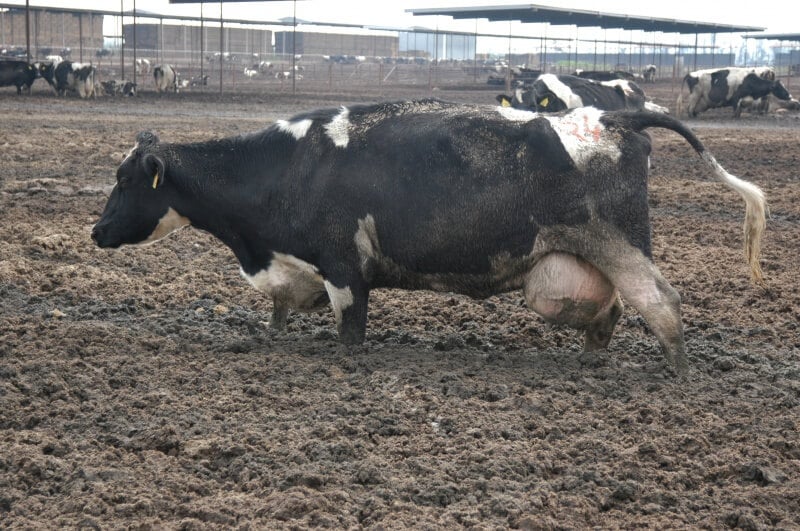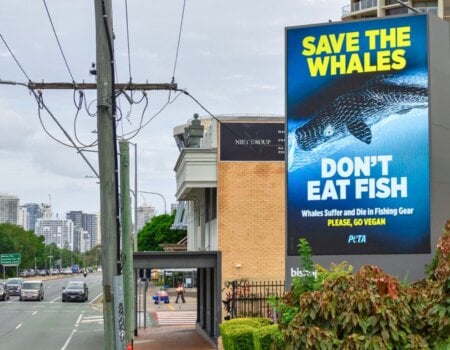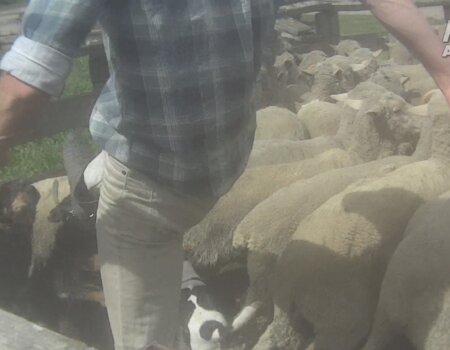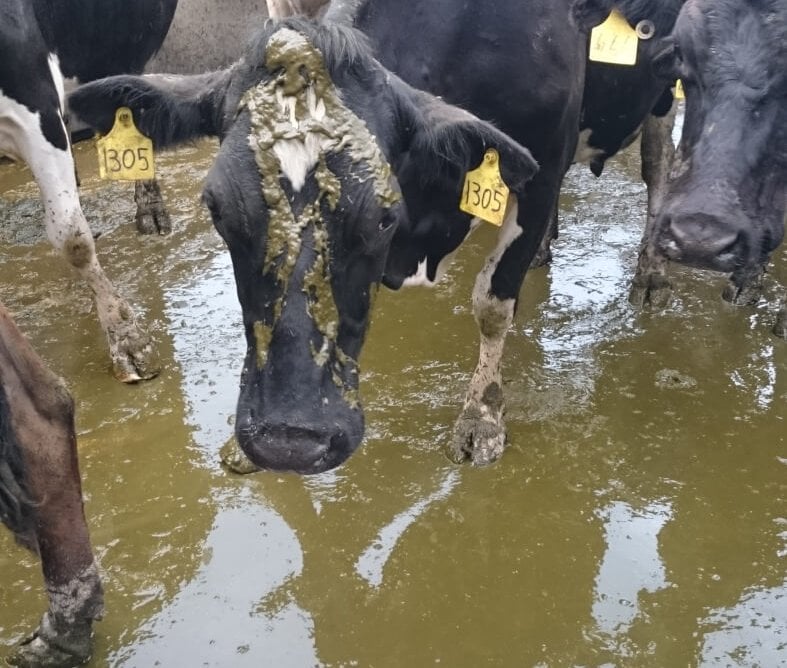
Does Australian Milk Contain Cow Poo?
Fact: cows exploited for dairy actually produce greater volumes of waste than of milk.
Each cow produces an estimated 70 litres of effluent each day, and about 7 litres of that comes out during milking. So it’s hardly surprising that some faeces end up in the milk itself.
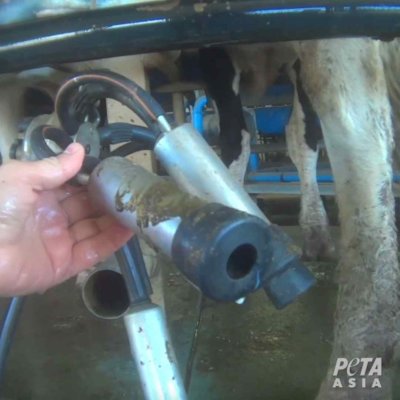
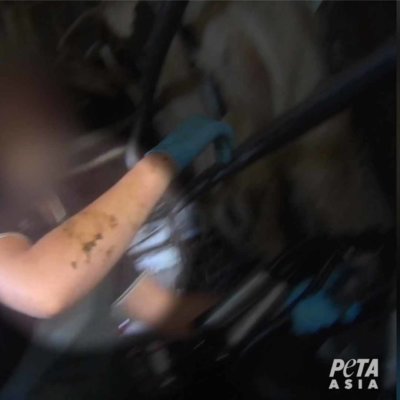
In 2016, some Coles home-brand milk products were recalled as a result of “microbial contamination”. Specifically, they’d been contaminated by coliforms, which are bacteria found in animals’ colons – or in their sh*t. Milk producer Lion Dairy & Drinks said it had detected microbial bacteria “in excess of quality standards”. Yes, that’s right: not just some poo – too much poo. This means that there could be an “acceptable” amount of faecal bacteria in the milk you just poured into your coffee or over your cereal.
This was far from the only contamination incident in recent times: twice in February 2020, Australian dairy “products” were recalled out of concern that they might be contaminated by E coli.
According to infectious disease physician and microbiologist Professor Peter Collignon, “The problem is milk comes from the udder, essentially the rear end of the cow. You run a big risk that milk gets contaminated with bugs from the bowels of [the] cow.”
What Else Might Be in Your Glass of Milk?
Because cows used for dairy are kept almost constantly pregnant and have been bred to produce an unnatural amount of milk, many suffer from mastitis – an udder infection. This is painful for them, and it also means that blood and pus get into their milk. In the US, the Food and Drug Administration allows up to 750 million pus cells in every litre of milk. In Europe, regulators allow 400 million pus cells per litre. In Australia, there’s no limit.
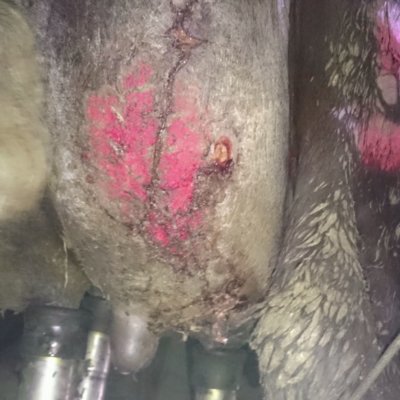
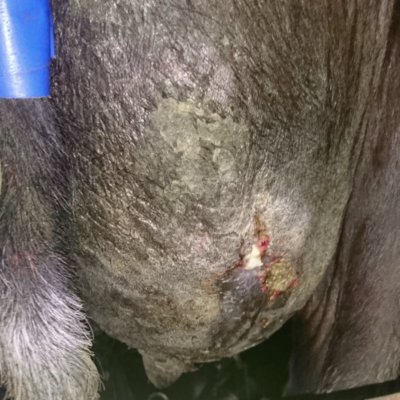
But Isn’t Milk Pasteurised?
Most animal milk is likely to contain harmful bacteria – including campylobacter, listeria, and E coli. That’s why, under Australian law, it must be pasteurised – that is, heated in order to eliminate pathogens.
This does make dairy safer for human consumption – but does heating faecal matter, blood, and pus to kill bacteria make consuming them any less gross? It certainly doesn’t make dairy production any less cruel to cows.
Cruelty in Every Cup
Of course, the worst part about consuming dairy is that cows’ milk is intended for someone else: their calves. Cows form instant maternal bonds with their calves, and they can be heard frantically crying out for days after their babies have been taken away.
Female calves are forced into the same harsh cycle of pregnancy and milk production as their mothers, while the hundreds of thousands of male “bobby calves”, unwanted “by-products” of the dairy industry, are slaughtered within a few days of birth.
Mother cows reach only a fraction of their natural life expectancy before their milk production drops and their bodies become depleted and lame. Once they’re no longer useful to the dairy industry, they’re sent to the abattoir. There, they’re shot in the head with a captive-bolt gun, they’re hung up by one leg, their throats are slit, and they’re skinned, gutted, and dismembered. Some cows remain fully conscious as they bleed to death.

What You Can Do
Plant-based milks are cruelty-free and far less susceptible to contamination. Plants don’t poo while being milked, get mastitis, or have babies who are torn away shortly after birth. You can avoid stomach-turning cruelty and bacteria by choosing soy, rice, oat, coconut, or nut milk, yoghurt, ice cream, and cheese.
If you haven’t already done so, download our free vegan starter kit, which will help you make the transition away from dairy and all other products of animal suffering. Please also share this information with your friends on Facebook who might need some extra encouragement to ditch dairy.
Help Animals in 2025: Renew Your PETA Membership!
